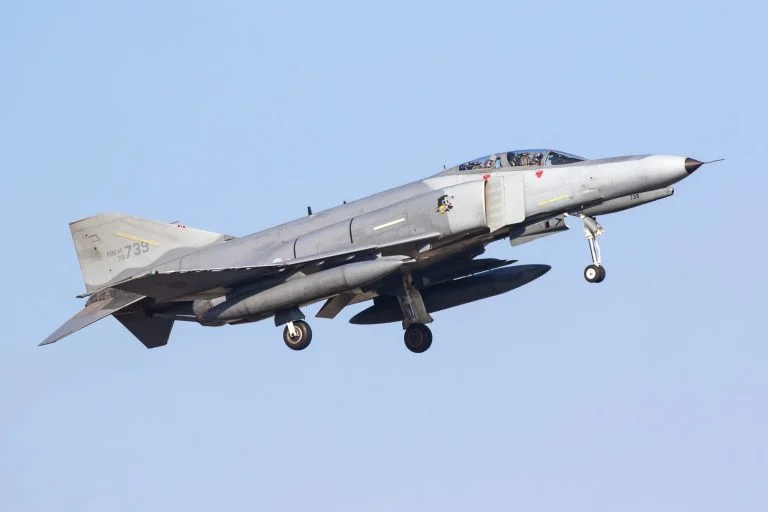
Private Company Aims for the Stars with a Fleet of F-4 Phantoms: Space Launch Revolution?
A private company, Starfighters International, known for its fleet of F-104 Starfighters, is making headlines with its ambitious plan to acquire a dozen F-4 Phantom II aircraft. The move signals a potential revolution in space launch technology, promising rapid and flexible access to low Earth orbit (LEO) for small satellites and suborbital services.
Based at the Kennedy Space Center, Starfighters International has evolved from air shows to a research and development support firm. Now, with a new 150,000-square-foot facility planned in Midland, Texas, the company is setting its sights on space launch operations. But why the F-4 Phantoms?
While the F-104 can reach the stratosphere at high speed, it lacks the capacity to carry heavier launch vehicles required for inserting larger payloads into LEO. The F-4, however, can potentially fill that gap. According to an April 2025 SEC filing, the company is procuring twelve F-4s, sourced from South Korean stocks, along with a DC-9 and MD-80 support aircraft.

The complexities of acquiring and importing such military hardware are significant. The filing notes that an initial deposit has been made, but also highlights potential delays due to the "current political situation in South Korea", referencing the aftermath of former President Yoon Suk Yeol's impeachment. This situation impacts the company's ability to inspect the aircraft and finalize the deal with the original supplier.
Despite these challenges, Starfighters International is pushing forward, exploring alternative suppliers to secure the F-4 Phantoms. The company remains tight-lipped about the specifics, stating they are "very excited for the future prospects of the company, but we cannot comment on the F-4s at this time."

The timing of Starfighters International's ambitious project is compelling. The space access market has seen explosive growth, particularly for smaller payloads requiring rapid and flexible launch options. Currently, smaller satellites often rely on “hitchhiking” on larger launches, which can lead to delays and inflexibility. Starfighters International aims to provide a cost-effective and adaptable solution, aligning with NASA's goals for commercializing LEO and the U.S. military's need for agile payload deployment.
The company envisions using its F-104s for suborbital launches, offering microgravity experimentation via the Starlaunch 1 rocket. The F-4 Phantoms, carrying the Starlaunch 2 rocket, would provide access to LEO, accommodating larger payloads. The potential for hypersonic testing, leveraging the F-4's power and size, also looms as a possibility.
If Starfighters International succeeds, these F-4s would be among the only actively flying Phantoms in the United States. Getting these jets operational will be a challenge, given the high operating costs. The F-4's two J79 turbojets alone will require significant fuel expenditure.
Can Starfighters International overcome these hurdles and usher in a new era of space launch capabilities with its fleet of F-4 Phantoms? Only time will tell. What do you think? Leave your comments below and share your thoughts!